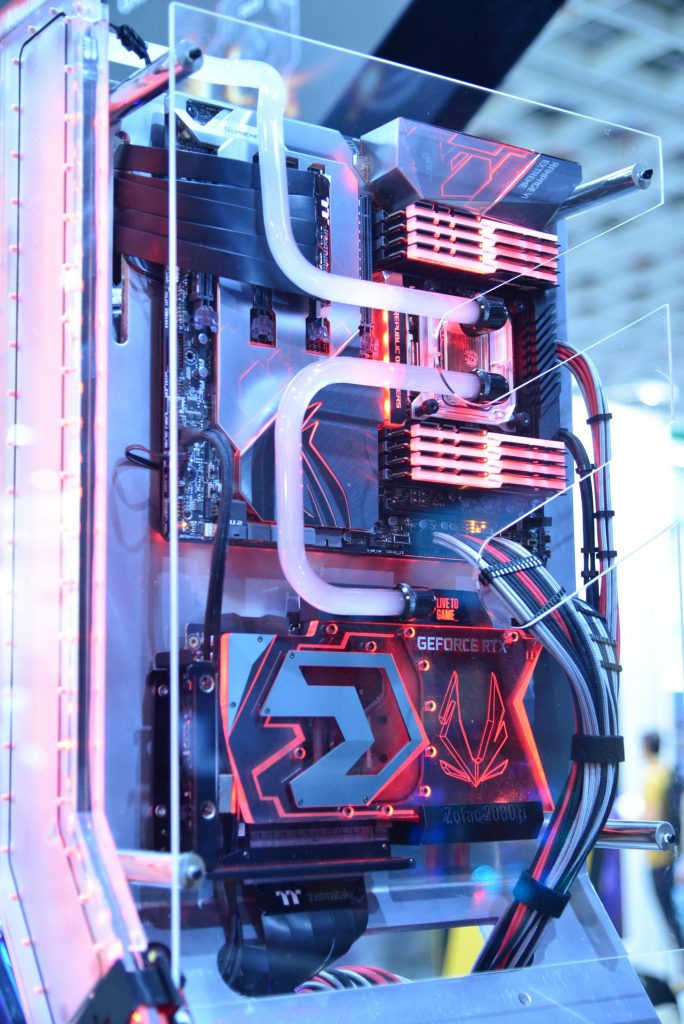The Costly Consequences of Neglecting Server Maintenance
Today, we encountered a critical situation that serves as a stark reminder of the importance of proactive server maintenance. A client’s server unexpectedly failed, resulting in the loss of vital data that we had been warning them about for the past three years.
Unfortunately, both hard drives had reached the end of their lifespan, and continued operation had likely exacerbated their decline. The dim LEDs on the server were indicative of deeper issues—so much so that we initially suspected they were burned out. The HDD error light was no different, suggesting long-standing problems that had gone unaddressed.
In an attempt to salvage what we could, we tried to reconstruct the RAID 10 array. However, the damage to the remaining drive made recovery nearly impossible. The last backup was performed just two days prior, but even that seems compromised as we strive to extract the most critical files.
The server was running on Windows Server 2008, which means we now face the daunting task of setting up a new Active Directory and migrating all connected devices. This not only incurs significant costs but also leads to lost time as we wait for hardware to be properly prepared in our workshop before installation.
Reflecting on these events, one must ask whether it was truly beneficial for the client to operate a server far beyond its average lifespan. The repercussions of this decision have resulted in potential weeks of lost productivity and financial strain.
The moral of the story is clear: investing in your company’s primary server is not an area to cut corners. Regular maintenance and timely upgrades can save you from disaster down the line.
On an unrelated note, the condition of the server itself was far from ideal. It was perhaps the dirtiest server I have ever encountered—leading to the question, was there some smoking going on in the server room?
In summary, this experience serves as a valuable lesson in the importance of maintaining technology infrastructure and prioritizing investments in essential systems. Don’t wait for a critical failure to take action; regular maintenance and timely upgrades are an investment in the longevity and reliability of your business operations.
Share this content:



